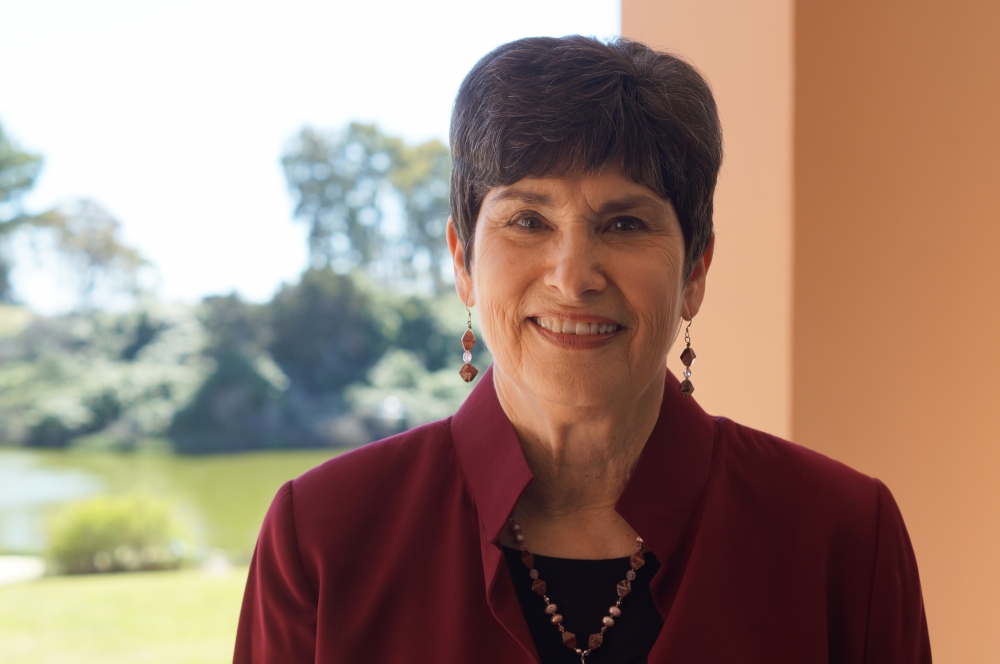
Framing Conflict
Linda Putnam, a research professor of communication at UC Santa Barbara, will give the university’s 2015 Faculty Research Lecture at 4 p.m. Thursday, Dec. 3 in the McCune Conference Room, 6020 Humanities and Social Sciences Building. The lecture is free and open to the public.
Awarded annually, the Faculty Research Lectureship is considered the highest honor bestowed by the UCSB faculty on one of its members. It was established in 1955, and Putnam is the recipient of the 60th award.
Her talk, “Conflict Framing: Perspectives, Paradoxes, and Promises,” will focus on discourse-based approaches to conflict framing. Specifically, it will draw from research on teacher-administrator negotiations, environmental conflicts, real estate interactions and the 2007-08 writer’s strike to illustrate theory development in conflict framing.
It will consider her work on frame categories, primary frameworks, bracketing problems and issue development, and will highlight the role of contradiction and paradox in this work and will chart the opportunity it holds for transforming interactions in conflict situations.
In addition to conflict framing, Putnam’s research interests include communication and negotiation, discourse analysis in organizations and organizational paradoxes and contradictions. She is the co-editor of 12 books, including “The SAGE Handbook of Organizational Communication,” and more than 180 articles and book chapters on organizational communication and conflict and on negotiation.
The recipient of numerous honors and awards, Putnam is a Fellow of the International Communication Association and a Distinguished Scholar of the National Communication Association. She is a recipient of the 2012 Lifetime Achievement Award from the International Association for Conflict Management, the 2012 Samuel L. Becker Distinguished Service Award from the National Communication Association and the 2011 Distinguished Service Award from the Academy of Management Association.
In addition, her research has received funding from the National Science Foundation, the William and Flora Hewlett Foundation and the U.S. Environmental Protection Agency.



